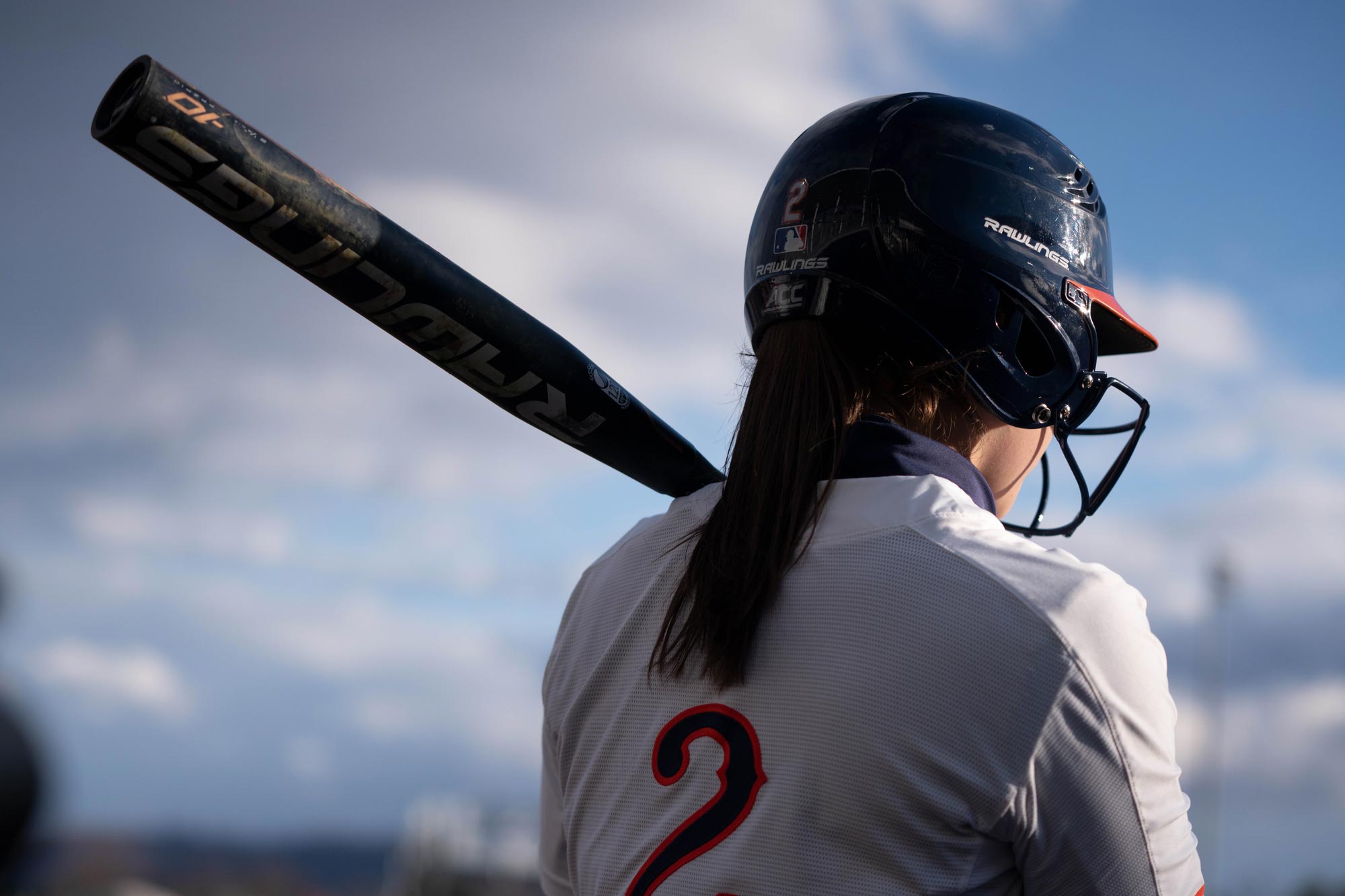While concussions are serious, collegiate student-athletes who are diagnosed quickly and treated thoroughly are more likely to make full recoveries and return to play. According to Jacob Resch, associate professor of kinesiology in the University of Virginia’s School of Education and Human Development, this standard is achieved in many circumstances, but not all.
“As we continue our research into the clinical needs student-athletes have after a concussion, it is also important that we examine the processes in place and resources available to ensure all collegiate athletes are safe on the field of play,” Resch said.
Last year, Resch reviewed six years’ worth of data collected about UVA student-athletes who were diagnosed with a sports-related concussions. Though the data are revealing a number of important details, what they found when they reviewed concussion recovery time for female student-athletes was of immediate interest.
“What we know is that the research findings related to recovery from concussion between genders are equivocal, in that while some research suggests that females take longer to recover from concussion, other studies have reported an absence of difference, or that males may take longer to recover,” Resch said.
Resch believes that the presence of certified athletic trainers significantly affects concussion recovery time for student-athletes. It is a standard practice at UVA that a certified athletic trainer be present – or at a minimum, available – at every athletic practice or competition, for both men’s and women’s sports.
According to Kelli Pugh, UVA’s associate athletic director for sports medicine, the NCAA requires on-site coverage by an athletic trainer for certain sports that are higher risk for concussion, but UVA goes beyond that.

Jacob Resch is an associate professor of kinesiology in UVA’s School of Education and Human Development. (Photo by Dan Addison, University Communications)
“UVA Sports Medicine has always considered risk and gender equity when assigning athletic training coverage,” she said. “Support from the athletic administration in growing our athletic training staff, and our partnership with the doctoral- and master’s-level athletic training education programs in the School of Education and Human Development has allowed us to provide a tremendous level of care for Virginia student-athletes for many years, regardless of their sport or gender.
“If we are not able to have an athletic trainer physically present for a team, the student-athletes and coaches know how to contact an athletic trainer in the event of an injury. During business hours, the athletic training room is also available for walk-in evaluations.”
That practice appears that makes a difference for female student-athletes. “We found that female athletes at UVA recovered much quicker than males,” Resch said.
The researchers found female UVA student-athletes typically took six days to recover from a concussion, while male athletes took 11 days.
“Important to remember is that research tells us that the more quickly an athlete suspected of having a concussion is identified and removed from activity, the more typical the recovery,” Resch said. “The UVA data showed that female athletes were reporting their concussion either the day of the injury or the day immediately following the injury, while males took up to eight days to report their symptoms to their athletic trainer.”
Having athletic trainers immediately available to discuss symptoms and ultimately diagnose a concussion is a significant factor in the timeliness of diagnosis. According to Resch, a significant number of colleges operate with a lower ratio of athletic trainers to student-athletes.
“If you are a school with only four athletic trainers, you’re going to assign those athletic trainers to the sporting events with the highest risk of more serious injuries that require immediate care, such as concussions, ligament tears, dislocations and fractures, like football or soccer,” Resch said. “You’re most likely not going to place athletic trainers at sports with a lower risk of injury, such as volleyball or softball. That means these female sports are often underserved due to the prioritization of sports that have a higher risk of injury.”










